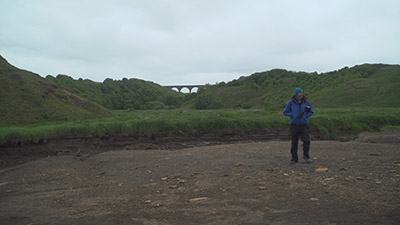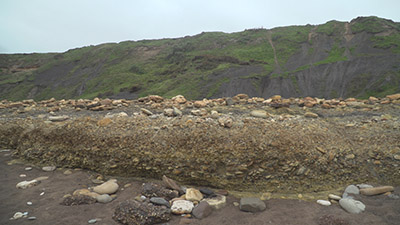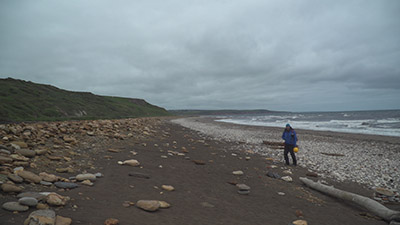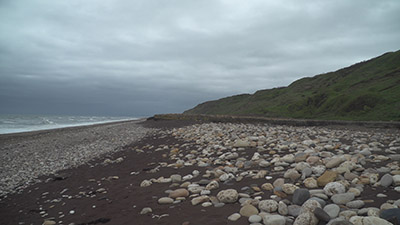The Durham coast in England is famous for its distinctive black beaches, which are a result of rock waste dumping that took place throughout the 19th and 20th centuries. While these black beaches often receive negative attention, they have also brought some benefits to certain parts of the coast.
One significant advantage of the dumping of rock waste is the buffering effect it has on the cliff line, which has slowed down natural coastal erosion. The rock waste acts as a protective barrier, absorbing the impact of waves and preventing them from eroding the cliffs as quickly as they would without this protection. Over the last half-century, this buffering effect has helped to reduce coastal erosion along the Durham coast.
Another unexpected benefit is the development of unique natural habitats in some areas. For instance, at Blackhall, the impounding of water at the back of the rock waste platform has formed a small lagoon known as a natulake. This freshwater habitat has become a haven for various species of wildlife, including phragmites reeds and bull rushes. Birds are attracted to this area as a feeding, nesting, and resting spot, adding to the biodiversity of the region.
Furthermore, the upper parts of the cliffs on the limestone are internationally famous for their limestone grasslands, making them significant conservation areas. Many of these upper cliffs are protected as Sites of Special Scientific Interest (SSSI) and are managed by the National Trust. The distinctive flora and fauna that have developed along the upper parts of the cliffs are a direct result of the presence of limestone. The Durham coast is renowned for its unique limestone flora and fauna, attracting nature enthusiasts and scientists alike.
However, the rock waste will soon disappear. The rate of erosion along the central part of the Durham coast is increasing, and within a decade or so, the rock waste platforms will be eroded away. The removal of these platforms will reactivate the natural cliffs, which have not been active since Victorian times. This reactivation will result in accelerated coastal retreat, which will need to be managed to ensure the preservation of important natural features and habitats.
In conclusion, the dumping of rock waste along the Durham coast has had both positive and negative effects. The buffering effect has slowed down coastal erosion, offering protection to the cliffs and nearby areas. Additionally, the formation of ‘unnatural’ habitats in some regions has contributed to biodiversity and created valuable ecosystems for various wildlife species. On the other hand, these rock waste platforms are temporary, and their removal will lead to renewed coastal erosion, necessitating thoughtful management strategies. Overall, the Durham coast is a dynamic environment, and its unique features continue to shape and change the landscape over time.
360 Degree Interactive Panorama











